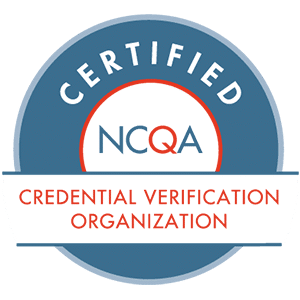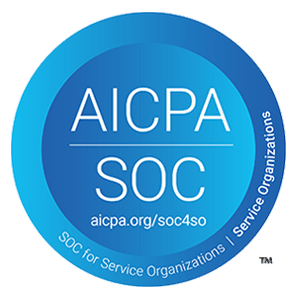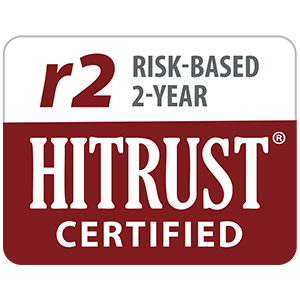Blog
Insight and advice from the experts.
Blog
Compact Licensure 101: How Multistate Licenses Enable a Mobile Nursing Workforce
Licenses and Credentials
Payers
February 20, 2024
Read More
Blog
2024 HHS-OIG Top Areas of Focus
OIG
Payers
Providers
January 25, 2024
Read More
Blog
ProviderTrust 2023 Year in Review
Exclusions
Industry News
Licenses and Credentials
January 17, 2024
Read More
Stay Up-to-Date
Subscribe and get the latest news and advice from industry experts delivered straight to your inbox.
Blog
PT Team Member Spotlight: Meet Sarah
PT Culture
December 07, 2023
Read More
Blog
Webinar Recap: How Comprehensive Vendor Monitoring Mitigates Risk
OIG
Providers
Vendor Compliance
August 16, 2023
Read More
Blog
Highlights from the HHS-OIG 2023 Spring Semiannual Report
Exclusions
Industry News
OIG
August 09, 2023
Read More
Blog
How the No Surprises Act Affects Provider Directories
Licenses and Credentials
Medicare and Medicaid
Payers
July 26, 2023
Read More
Blog
Webinar Recap: OIG’s 2023 Guidance for Navigating Compliance Changes
Industry News
Payers
Providers
July 17, 2023
Read More
Blog
Pitfalls of the “Pay and Chase” Model: How to Maintain Better Payment Integrity
Medicare and Medicaid
Payers
June 30, 2023
Read More
Blog
Compliance Gaps in Due Diligence: Lessons Learned from a $25 million FCA Settlement
Industry News
OIG
Providers
June 13, 2023
Read More
Blog
Medicaid Fraud Control Unit’s 2022 Annual Report Key Takeaways
Industry News
Medicare and Medicaid
OIG
May 09, 2023
Read More
Blog
License Verification and Monitoring Critical Amidst Healthcare Labor Shortages
Human Resources
Licenses and Credentials
Providers
April 26, 2023
Read More
Showing 12 of 124 results








